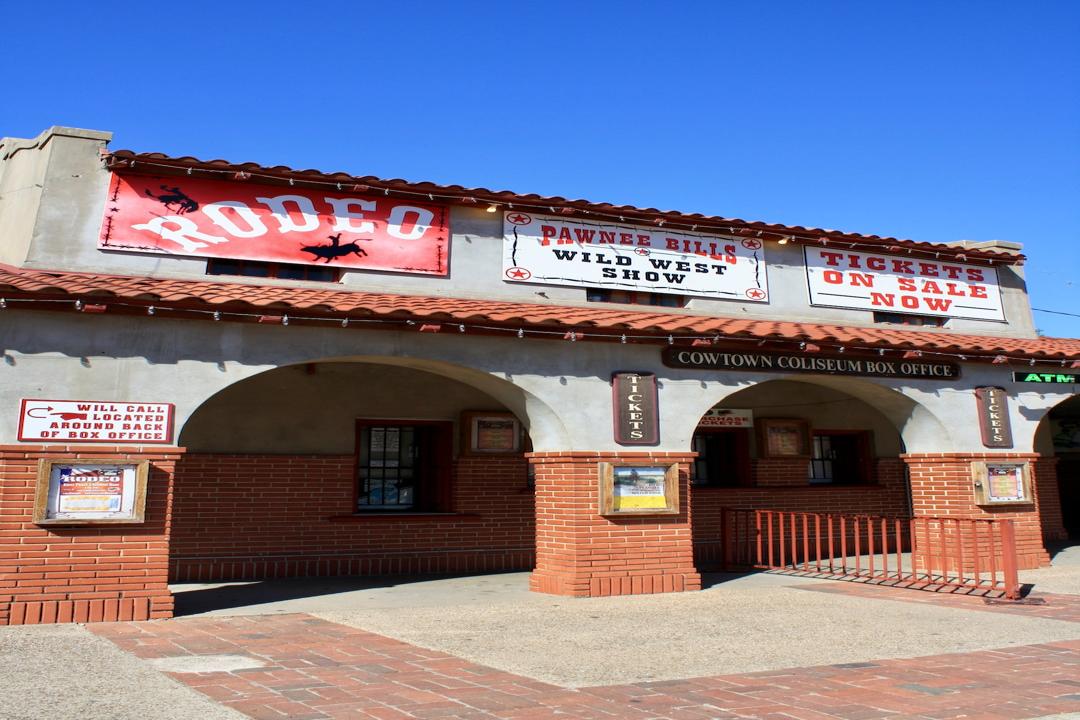This article provides a quick explanation of two proof mechanisms, Delegated Proof-of-Stake (DPoS) and Proof-of-History (PoH), that play a crucial role in Solana’s high throughput. The article is sourced from Cookies Research and compiled by Block Unicorn.
Table of Contents:
1. Traditional Consensus Mechanisms
2. What is Proof-of-History (PoH)?
3. Technical Deep Dive into PoH
4. Delegated Proof-of-Stake (DPoS)
5. High-Level Overview of Solana’s Consensus Mechanism
Conclusion
Blockchain consensus mechanisms are responsible for verifying the validity of transactions and adding them to the blockchain in an accurate order. The efficiency of the verification and ordering process varies depending on the chosen consensus mechanism, resulting in different levels of throughput. In the blockchain space, Solana is a high-performance chain with a block time of 400 milliseconds and an average transaction per second (TPS) ranging between 2,000 to 3,000, with a theoretical peak TPS of 65,000 (for reference, Ethereum’s TPS is approximately 12).
This article aims to highlight two frameworks in Solana, DPoS and PoH, that play a crucial role in its high throughput.
Let’s start by understanding a key bottleneck in blockchain: scalability.
In a decentralized blockchain network, each node has its own internal clock that it operates on. When a transaction occurs, the node timestamps the transaction based on its local system clock.
The following image shows the internal clocks of the nodes:

The final confirmation or rejection of a transaction is also done based on this local system clock. In traditional consensus mechanisms like Proof-of-Work (PoW) and Proof-of-Stake (PoS), all nodes need to communicate with each other to synchronize their local clocks and ensure a consistent understanding of time when processing transactions. The communication between nodes helps establish a common time reference to coordinate the order and confirmation of transactions.

In a decentralized blockchain with thousands of nodes distributed globally, differences in local system clocks between nodes are inevitable, resulting in inconsistent timestamps for transactions across different nodes. This becomes a problem when nodes need to achieve consensus on which transactions occurred and the order of these transactions in a block. This is known as the timestamp synchronization problem, which becomes more severe and complex as the network decentralizes by increasing the number of nodes.

Ultimately, this creates a potential pathway for malicious attacks. Time differences enable malicious actors to broadcast fake transactions that look like genuine timestamps, attempting to gain control over the network. To prevent manipulation of transactions, a significant amount of time and processing power is required to verify the accuracy of timestamps. This may lead to delays in block confirmations or even block rejections (as nodes may vote the block invalid due to different timestamps).
Proof-of-History (PoH) is used in Solana to prove that transactions are correctly ordered, and this can be easily verified by validators in the network.
Unlike the scenario mentioned in the first section where each node has its independent clock, PoH can be seen as a global clock that all nodes use to verify the passage of time between two events. Through this global clock, nodes view the same transaction history, eliminating any potential discrepancies in transaction order. This enables consensus to be achieved quickly, greatly reducing the time it takes to verify transactions and add them to the blockchain.
PoH relies on a cryptographic method to establish a continuous, time-ordered record of transactions. Let’s delve deeper into this.
Each transaction undergoes SHA-256 processing, which is a cryptographic hash function known for its ability to take any input and generate a unique, unpredictable output. When a transaction is hashed, its output becomes the input for the next transaction’s hash. This process establishes an inherent order of transactions in the hash outputs, forming a long and continuous chain.
PoH (Proof-of-History) leverages Verifiable Delay Functions (VDFs), which are crucial in verifying the passage of time in a blockchain. VDFs are computationally intensive functions that depend not only on the previous hash but also on the time elapsed. This mechanism allows Solana to cryptographically demonstrate that real-time has passed and generates a continuous output. Thus, there exists a clear and verifiable transaction order, ensuring a consistent timeline of events. Validators can easily verify how much time has passed, further enhancing the credibility of the network.
Using PoH (Proof-of-History) in Solana adds a powerful layer of security and integrity. Tampering with any part of the hash chain would require recomputing all subsequent hashes, which is a computationally intensive task and protects the network from alterations.
PoH (Proof-of-History) significantly reduces the amount of information validators need to process for each block. By using the latest hash version of the transaction state, block confirmation time is greatly shortened. When validators (or replica nodes) receive a block, the PoH (Proof-of-History) sequence provides them with a cryptographically reliable transaction order that they can trust without the need for revalidation. This efficiency is crucial in speeding up the consensus mechanism as the network can quickly select and move to the next validator for block verification.
With a better understanding of PoH, this section explains how PoH is applied in Solana’s consensus mechanism, DPoS.
In DPoS, every validator staking $SOL can participate in network governance by voting on the validity of blocks to be added to the blockchain. $SOL holders who do not wish to directly participate in the staking process, including you and me, can delegate their tokens to other validators, effectively making them delegates. This delegation process allocates the voting power of the delegators, proportional to the amount of $SOL they hold, to these validators. As a reward for staking $SOL, delegators receive a portion of the block rewards.
The operation principle of the DPoS system is that nodes with larger stakes are more likely to be selected to validate transactions and add them to the blockchain, increasing their chances of block rewards and incentivizing nodes to maintain high levels of performance and integrity.
With an understanding of both DPoS and PoH, let’s combine this knowledge and outline what a typical block confirmation looks like on Solana.
1. Selection of Leader Nodes: Leader nodes are responsible for generating the PoH sequence (historical proof sorting transactions) and building a block.
This selection process is based on the node’s stake weight, which increases through tokens delegated to them by token holders. The leadership role rotates among validators.
2. Timestamping Transactions: Leader nodes receive transactions and timestamp them using PoH, creating a transaction order.
3. Block Building: Using the PoH sequence, the leader node then begins building a block.
4. Block Propagation: The newly built block is propagated to replica nodes (other validators in the decentralized network).
5. Transaction Validity Verification: Replica nodes verify two components:
a. Transaction Order: Verify if transactions are correctly ordered using the PoH sequence. This verification does not require round-trip communication between nodes (unlike common consensus mechanisms like PoW and PoS) as it functions as a global clock.
b. Transaction Validity: Check if transactions adhere to network rules and are valid.
6. Block Finalization: After verifying transaction order and validity, the block is added to the blockchain. The next leader node is then chosen, and the entire process restarts.
Solana continues to work tirelessly to improve its blockchain architecture, with recent developments including QUIC, Stake-Weighted QoS, and a local fee market. Additionally, the ecosystem is looking forward to significant efficiency improvements with the launch of Firedancer. Notably, Solana’s unique framework, OPOS (Only PoH on Solana), may bring new use cases.
Related Reports:
– Solana can be Ethereum Layer 2! Founder boasts: After shard upgrade, EVM compatibility is possible.
– Behind the surge of BONK, the market maker Gotbit plans to create another wave in Solana?
– Stablecoin enters the Solana ecosystem, will Paxos’ USDP explode?


